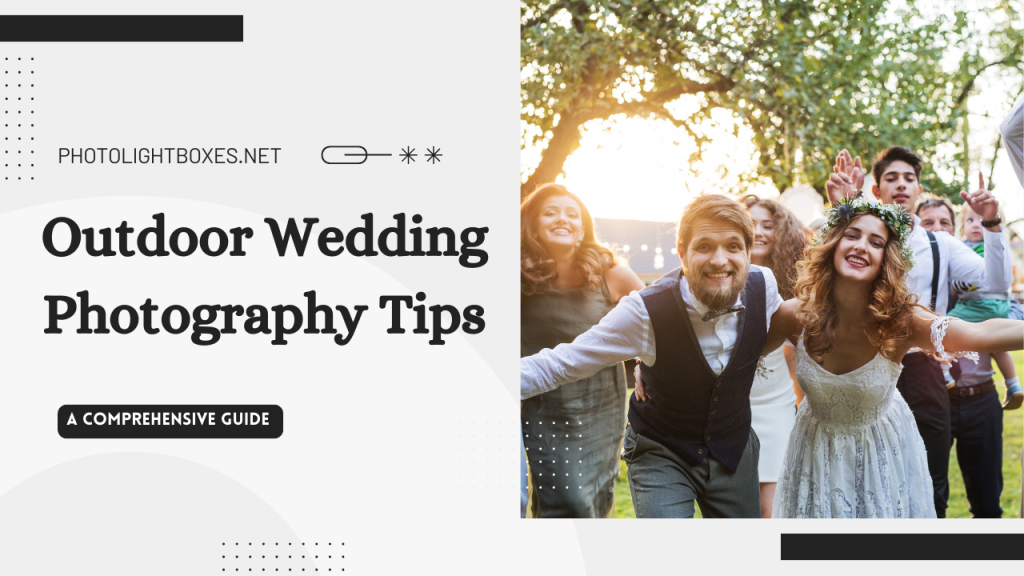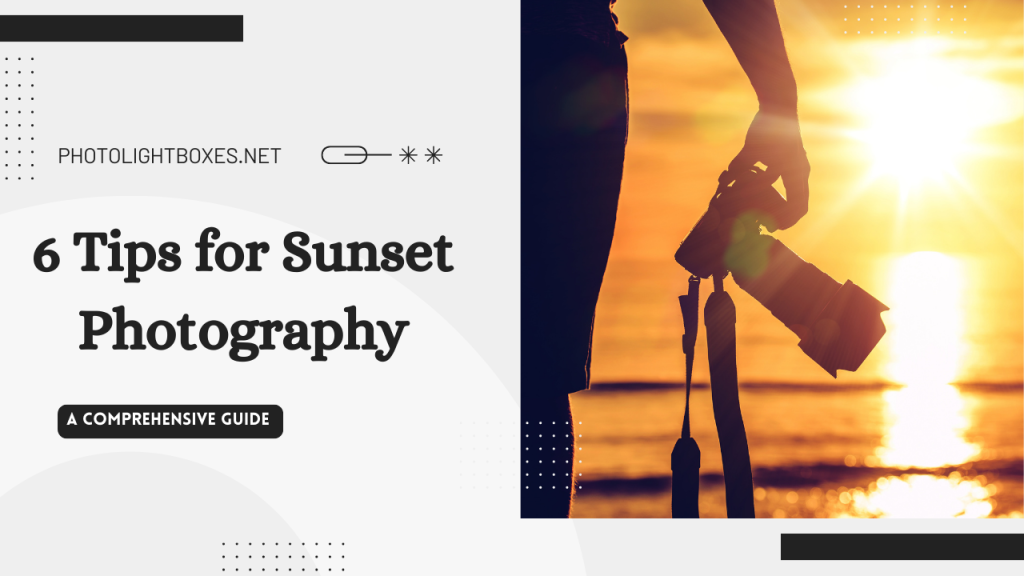Landscape Photography Tips! What is Landscape Photography? Landscape photography is the art of capturing a landscape in its natural state. Landscapes are often beautiful, but they can also be harsh and uninviting. Landscapes are most commonly photographed outdoors near bodies of water, mountains, deserts, or other unique scenery.
Landscape photography can be very difficult to master because it takes quite a bit of skill to capture the perfect photo in every situation. However, with these tips, you’ll be able to improve your skills and take fantastic landscape photos!
The Landscape Photography Tips article is designed to teach you how to take beautiful pictures of landscapes. Landscapes can be some of the most beautiful images in the world, but they are not always easy to capture on film. This blog post will provide advice on what equipment and settings you need for landscape photography, as well as tips and tricks that will make your landscape photos look their best.
Landscape Photography Tips for Beginners
Landscape photography can be both rewarding and frustrating. Here are a few tips to help you make the most of your landscape photos.
Tips 1. Use a Good Camera
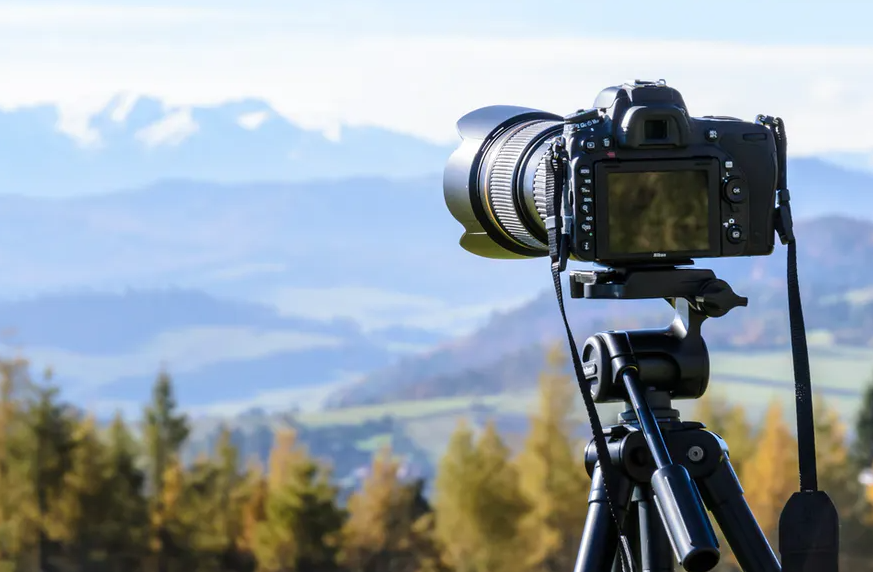
To capture the beauty of landscapes, you need a camera that is capable and versatile. If your budget allows it then I would recommend investing in DSLR or mirrorless models because they offer higher quality than smartphones can capture alone while also allowing for greater creativity with lenses and filters which means even more options when editing images post-accident.
Tips 2. Use a Good Tripod
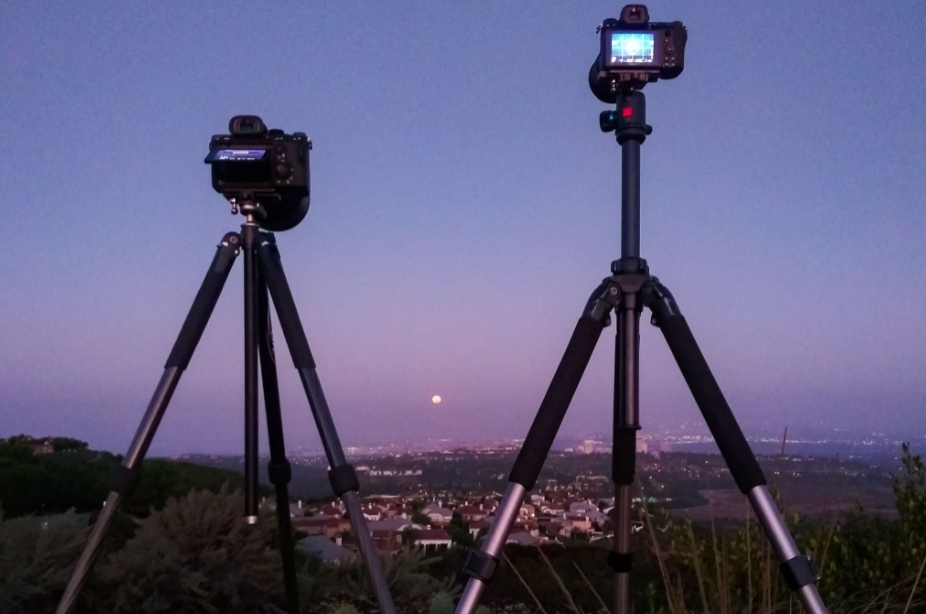
If you’re new to landscape photography, one of the most important pieces of gear you can invest in is a good tripod. A tripod will help you capture sharp, blur-free images, especially in low light or when using a long shutter speed. Here are a few tips on how to choose and use a tripod for landscape photography:
When choosing a tripod, look for one that is lightweight but sturdy, and that has legs that can be adjusted to different angles. You’ll also want to make sure the tripod has a built-in level so you can get your camera perfectly level with the horizon.
Once you have your tripod set up, take some time to experiment with different compositions and camera settings. And don’t forget to use the self-timer or remote release function on your camera to avoid shaking when pressing the shutter button.
Tips 3. Use a Wide-Angle Lens
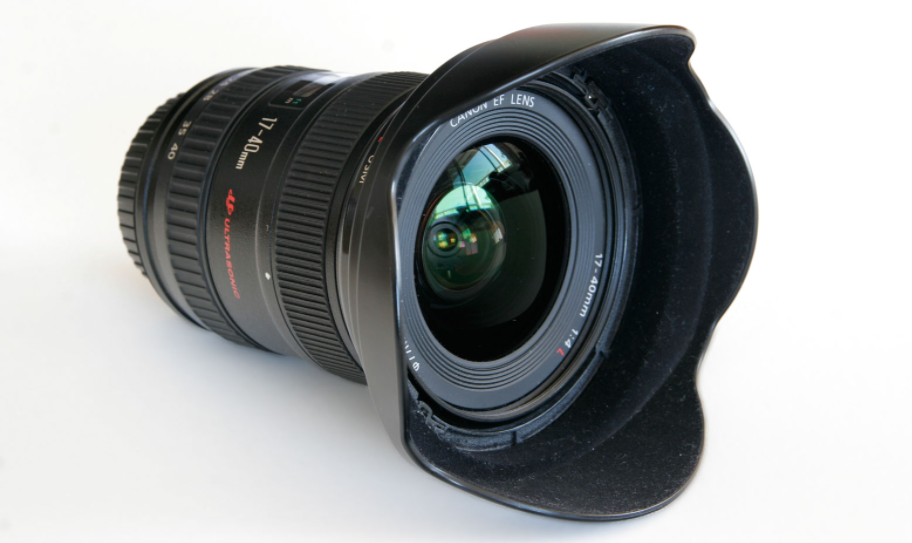
Wide-angle lenses allow you to show more of your subject in the frame. They have a greater depth of field, which means that they are great for taking photos at faster shutter speeds when there is less light available–especially if it’s bright outside!
I recommend using an aperture size like f/16 so both foreground and background remain in focus no matter where on screen I am viewing from.”
Tips 4. Use Photographic Filters
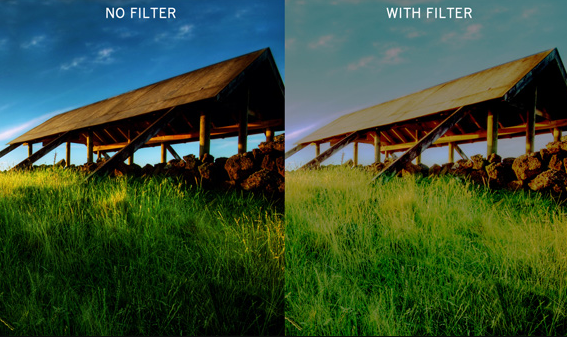
Adding a filter to your lens can help improve the quality of your landscape photos. There are a variety of filters available, each with its own purpose. Choosing the right filter for the job can help make your photos pop.
One common type of filter is a polarizing filter. This type of filter helps reduce glare and reflections. It can also help increase the color saturation in your photos. Another common type of filter is a neutral density filter. This type of filter helps reduce the amount of light that enters the camera. This is helpful when you want to use a long exposure or shoot in bright conditions.
Using a photographic filter can help take your landscape photography to the next level. Experiment with different types of filters to see what works best for you and your style of photography.
Tips 5. Make Sure Your Focus is on Point

The most important thing to consider when taking landscape photos is where your focus should be. Pay close attention and make sure that everything from the sky down can fit in the frame easily without being too small or big since this will determine how pleasing an image looks on paper. This will help you create compelling images with an eye for detail, and great composition that’s sure to please any viewer!
Tips 6. Recommended Settings
When shooting landscape photography, there are certain camera settings that will help you to capture the best possible image. First, you will want to set your camera to a low ISO setting. This will help to reduce any digital noise in your photo. Second, you will want to use a large aperture setting. This will help to create a shallow depth of field, which is often desired in landscape photography. Finally, you will want to use a slow shutter speed. This will help to capture any movement in your scene, such as flowing water or blowing leaves. By following these simple tips, you can ensure that you are capturing beautiful landscape photos every time!
Tips 7. Recommended Equipment
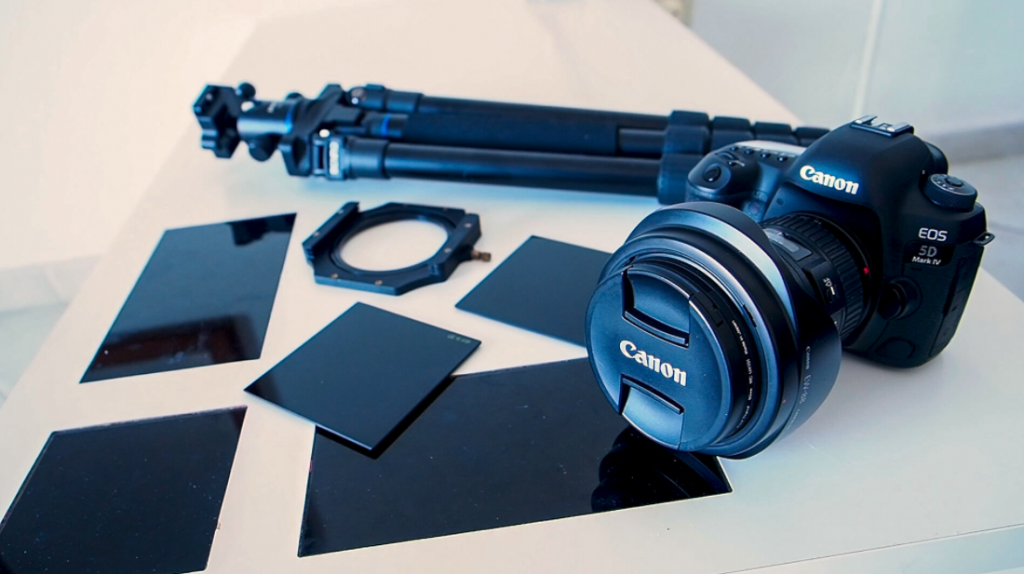
When it comes to landscape photography, there is no one-size-fits-all answer for the best camera or lens to use. However, there are some general recommendations that can help you get started.
For a DSLR camera, a wide-angle lens is often the best choice for capturing expansive landscapes. A focal length of 24mm or wider is ideal. If you want to capture close-up details, then a macro lens can be a good option. For lenses, look for ones with image stabilization to help reduce camera shake.
A tripod is another essential piece of equipment for landscape photography. It will help keep your camera steady and allow you to use longer exposures without blurring the image. A remote shutter release or intervalometer can also be helpful in getting sharp images.
{ "@context": "https://schema.org/", "@type": "HowTo", "name": "Landscape Photography Tips", "description": "Landscape Photography Tips! What is Landscape Photography? Landscape photography is the art of capturing a landscape in its natural state. Landscapes are often beautiful, but they can also be harsh and uninviting. Landscapes are most commonly photographed outdoors near bodies of water, mountains, deserts, or other unique scenery.", "image": "https://photolightboxes.net/wp-content/uploads/2021/11/Landscape-Photography-Tips-680x350.png", "totalTime": "PT10M", "estimatedCost": { "@type": "MonetaryAmount", "currency": "USD", "value": "10$" }, "supply": [ { "@type": "HowToSupply", "name": "camera" } ], "tool": [ { "@type": "HowToTool", "name": "tripod" } ], "step": [ { "@type": "HowToStep", "text": "To capture the beauty of landscapes, you need a camera that is capable and versatile. If your budget allows it then I would recommend investing in DSLR or mirrorless models because they offer higher quality than smartphones can capture alone while also allowing for greater creativity with lenses and filters which means even more options when editing images post-accident.", "image": "https://photolightboxes.net/wp-content/uploads/2021/11/Use-a-Good-Camera.png", "name": "Use a Good Camera", "url": "https://photolightboxes.net/landscape-photography-tips/#Tips_1_Use_a_Good_Camera" }, { "@type": "HowToStep", "text": "Some landscape photographers think that their images are sharp enough when they’re just barely visible, but the smaller details get lost. Landscape photographers often use tripods to take sharp shots that don’t include any blur. Sometimes it’s difficult when making an image look great with just one hand since there is no help from gravity on your part; this can be remedied by using a tripod so all these problems go away!", "image": "https://photolightboxes.net/wp-content/uploads/2021/11/use-a-good-tripod.png", "name": "Use a Good Tripod", "url": "https://photolightboxes.net/landscape-photography-tips/#Tips_2_Use_a_Good_Tripod" }, { "@type": "HowToStep", "text": "Wide-angle lenses allow you to show more of your subject in the frame. They have a greater depth of field, which means that they are great for taking photos at faster shutter speeds when there is less light available–especially if it’s bright outside!", "image": "https://photolightboxes.net/wp-content/uploads/2021/11/Use-a-Wide-Angle-Lens.png", "name": "Use a Wide-Angle Lens", "url": "https://photolightboxes.net/landscape-photography-tips/#Tips_3_Use_a_Wide-Angle_Lens" }, { "@type": "HowToStep", "text": "One of the most important aspects of landscape photography is getting good exposure. There are many ways you can do this, such as using ND filters on bright days or polarizing your photos for dark skies and blue hues against white clouds.", "image": "https://photolightboxes.net/wp-content/uploads/2021/11/Use-Photographic-Filters.png", "name": "Use Photographic Filters", "url": "https://photolightboxes.net/landscape-photography-tips/#Tips_4_Use_Photographic_Filters" }, { "@type": "HowToStep", "text": "The most important thing to consider when taking landscape photos is where your focus should be. Pay close attention and make sure that everything from the sky down can fit in the frame easily without being too small or big since this will determine how pleasing an image looks on paper. This will help you create compelling images with an eye for detail, and great composition that’s sure to please any viewer!", "image": "https://photolightboxes.net/wp-content/uploads/2021/11/Make-Sure-Your-Focus-is-on-Point.png", "name": "Make Sure Your Focus is on Point", "url": "https://photolightboxes.net/landscape-photography-tips/#Tips_5_Make_Sure_Your_Focus_is_on_Point" }, { "@type": "HowToStep", "text": "If you want to capture an image of water, people, or animals in motion then it is important that the shutter speed be at least 2 seconds. For birds, there should be no more than 1/60 second between shots because their flying can cause Motion Blur if taken too close together without using a filter on your lens!", "image": "https://photolightboxes.net/wp-content/uploads/2021/11/Make-Sure-Your-Focus-is-on-Point.png", "name": "Recommended Settings", "url": "https://photolightboxes.net/landscape-photography-tips/#Tips_6_Recommended_Settings" }, { "@type": "HowToStep", "text": "The tripod is a must-have for anyone who wants to take very sharp photographs. Using the beanbag and flash, you can experiment with angles while capturing movement in your photos!", "image": "https://photolightboxes.net/wp-content/uploads/2021/11/Recommended-Equipment-1024x574.png", "name": "Recommended Equipment", "url": "https://photolightboxes.net/landscape-photography-tips/#Tips_7_Recommended_Equipment" } ] }
Conclusion
You can’t go wrong by spending time in the great outdoors with nature. It may be difficult to wait for exactly the right lighting conditions, but if you have patience and practice (and maybe a few cameras), striking photos of your own will become possible! I hope you enjoyed these landscape photography tips. For better results, you can also use Adobe Lightroom to enhance your photography.
Also, Read>>Nature Photography Tips

